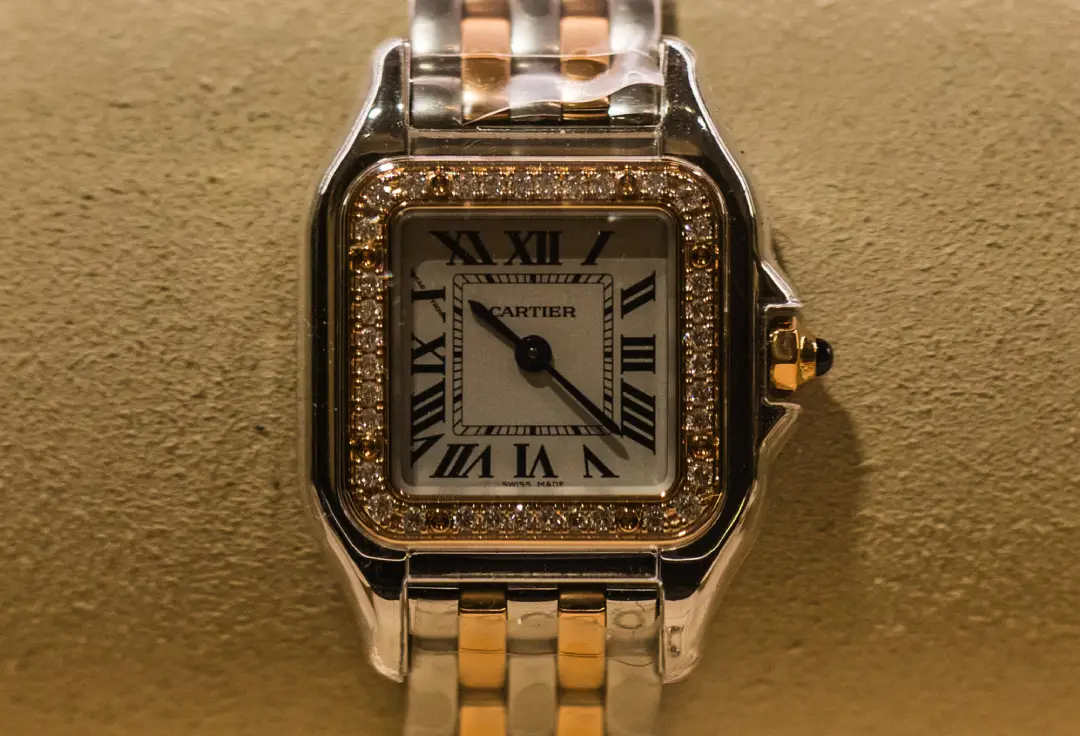Richemont, the owner of luxury powerhouses like Cartier and Van Cleef & Arpels, has posted a better-than-forecast performance in the year ended March 31, 2025. This is thanks to high demand for luxury jewelry, even as the overall luxury sector grapples with difficulties.
Jewelry Division Brings Light During Tough Times
Richemont’s jewelry division was the star performer, with sales rising 8% on an annual basis to €15.3 billion. It was fueled by the time-tested attraction of its marquee brands such as Cartier, Van Cleef & Arpels, Buccellati, and newly acquired Italian jewelry house Vhernier. The jewelry segment now contributes about 72% of the group’s overall sales, compared with 54% in the prior year.
In the fourth quarter alone, jewelry sales increased by 11% to €3.74 billion, beating analyst expectations. This strong showing helped mitigate losses in other segments, most notably watches.
Watch Segment Faces Headwinds
While contrasting the success of the jewelry division, Richemont’s watch division suffered a 13% decline in sales, reaching €2.8 billion for the financial year. The weakness is caused by softening demand in the Asia-Pacific region, particularly China, where economic woes have softened consumer expenditure.
Notwithstanding these setbacks, certain watch brands in Richemont’s stable, including Cartier, showed resilience, with watch sales rising 8% in the fourth quarter.
Global Sales and Regional Performance
In total, Richemont reported an annual 4% rise in sales at constant exchange rates to €21.4 billion. Sales rose by 7% in the fourth quarter to €5.17 billion, beating analyst expectations.
Regionally, the Americas took the lead with a 16% sales increase, followed by Japan with a 25% increase, Europe with a 10% increase, and the Middle East and Africa with a 15% increase. The Asia-Pacific region decreased by 7%, mostly because of the Chinese slowdown.
Financial Highlights
Operating Profit: €4.5 billion, decreasing 7% compared to the last year.
Net Profit: €2.75 billion, up 17%, after adjusting for a €1.0 billion loss on discontinued operations, primarily the write-down of YOOX NET-A-PORTER assets.
Net Cash Position: €8.3 billion, up by €807 million year-on-year.
Dividend Proposal: CHF 3.00 per ‘A’ share / 10 ‘B’ shares.
Strategic Pricing and Market Positioning
Richemont’s prudent pricing strategy, particularly in the event of potential tariffs from the U.S. and increasing raw material prices, has been a strategic strength. Chairman Johann Rupert stressed the need to keep prices moderate to not lose customers and to stem cross-border buying caused by price differences.
In contrast to rivals like Louis Vuitton and Hermès, who have taken drastic price increases, Richemont’s conservative approach has served to maintain customer and market share loyalty.
Outlook and Future Prospects
In the future, Richemont is optimistically cautious. The group looks for ongoing growth in its jewelry segment, underpinned by strong brand valuation and growing worldwide demand. Nevertheless, it also sees possible challenges, such as economic uncertainties in major markets and the effects of currency fluctuations.
Analysts are estimating a 6% sales increase for fiscal year 2026, although external headwinds like currency fluctuations and tariffs could marginally affect earnings before interest and taxes (EBIT) estimates.
Conclusion
Richemont’s performance in outstripping consensus during a wider luxury industry slowdown highlights the resilience of its jewelry brands and market positioning. Through focusing on core competences while preserving pricing discipline, the group has shown resilience and agility in a difficult economic environment.







